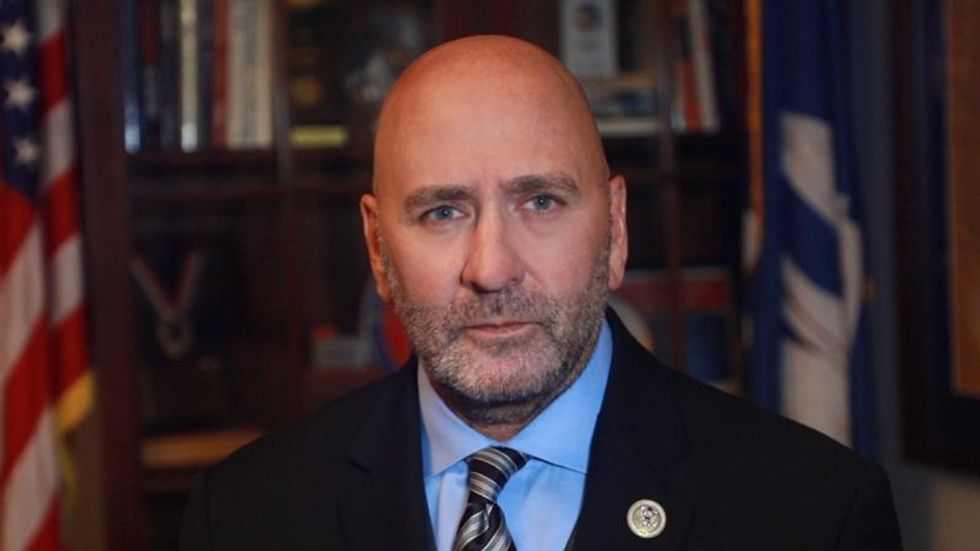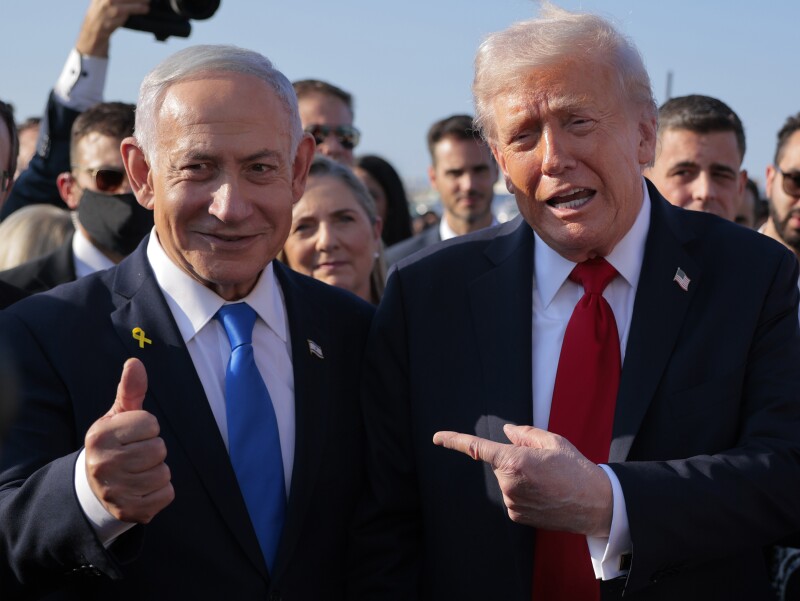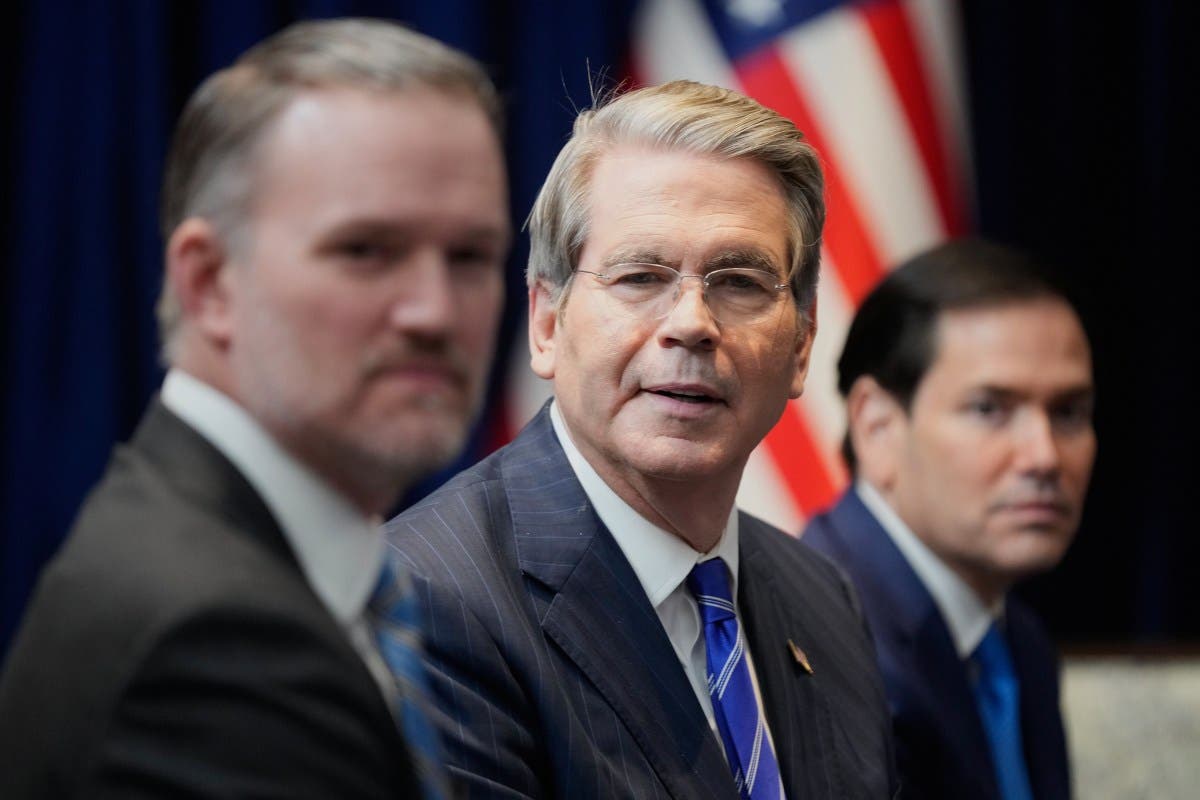A jury has acquitted Peter Stinson of soliciting violence against former President Donald Trump, a decision that has intensified discussions surrounding the boundaries of the First Amendment. The verdict, delivered after a two-day trial, raises significant questions about when speech is protected under the Constitution and when it crosses into the realm of criminal activity.
Stinson, a former Coast Guard officer, had made a series of inflammatory statements online, including a call for someone to “take the shot” at Trump and graphic descriptions of violence. His comments included a chilling remark about being willing to “twist the knife” after inflicting harm. During the trial, prosecutors argued that Stinson’s statements constituted a solicitation of violence, while his defense attorneys maintained that they were merely expressions of political advocacy protected by free speech.
Legal Implications and First Amendment Protections
The jury’s decision highlights the ongoing debate about the limits of free speech, particularly in a politically charged environment. According to Jen Golbeck, a witness for the defense from the University of Maryland, expressions of wishing harm upon Trump are prevalent online. “It’s a very common sentiment,” she stated, noting that many social media accounts track similar expressions concerning Trump’s health and safety.
Brennen VanderVeen, program counsel with the Foundation for Individual Rights and Expression, pointed out that for solicitation charges to hold, there must be a direct link between the speech and a specific action. “Without more,” he noted, “that probably does not meet the elements of actual solicitation.” This distinction was crucial in Stinson’s case, as the prosecution struggled to prove that he had directed his threats at a particular individual capable of acting on them.
Defense attorneys argued that Stinson’s posts lacked the necessary “specificity, imminence, and likelihood of producing lawless action” to be classified as threats under the Constitution. They emphasized that the First Amendment was designed to protect political discourse, even when it is uncomfortable or extreme.
Context of Political Violence
The acquittal comes at a time when incidents of political violence have garnered national attention, particularly following the assassination of conservative activist Charlie Kirk. This case has prompted heightened scrutiny of violent rhetoric in political discourse. Stinson’s case was not isolated; it reflects broader societal concerns about threats faced by political figures, with many elected officials reporting receiving threats on a regular basis.
Recent cases involving threats against public figures have further complicated the landscape of free speech. For example, a man was convicted for attempting to assassinate Supreme Court Justice Brett Kavanaugh after taking concrete steps toward that end. In another instance, an individual was sentenced for livestreaming threats against former President Barack Obama while armed with illegal weapons.
The implications of Stinson’s acquittal extend beyond his individual case, as it raises critical questions about how society balances free speech with the potential for violence. The evolving nature of threats in the digital age complicates traditional legal frameworks, as individuals increasingly express extreme sentiments online.
The Department of Justice had initially charged Stinson with two counts of threatening the president but later opted to pursue a single solicitation charge. Despite the prosecution’s efforts, the jury found that Stinson’s comments did not meet the threshold for criminal solicitation.
As legal experts continue to analyze the ramifications of this case, the conversation around free speech and the potential for violence remains at the forefront of public discourse. The outcome of Stinson’s trial may pave the way for future cases exploring the limits of political expression in an increasingly polarized environment.







